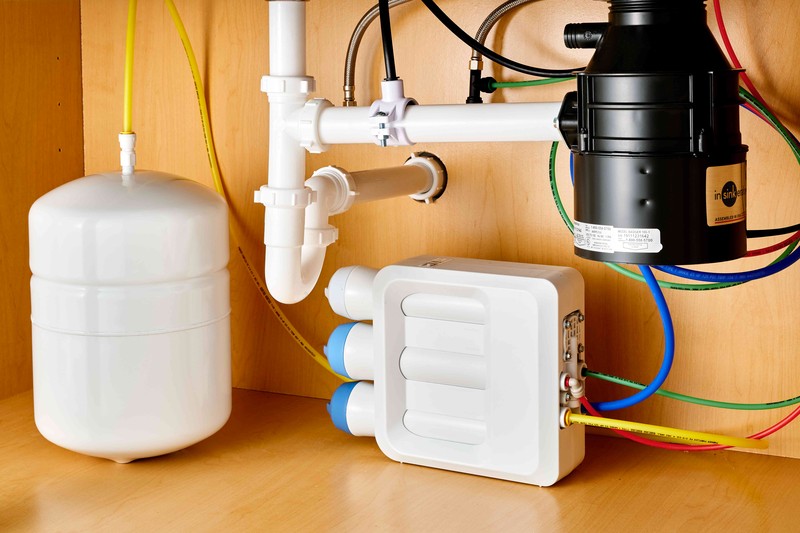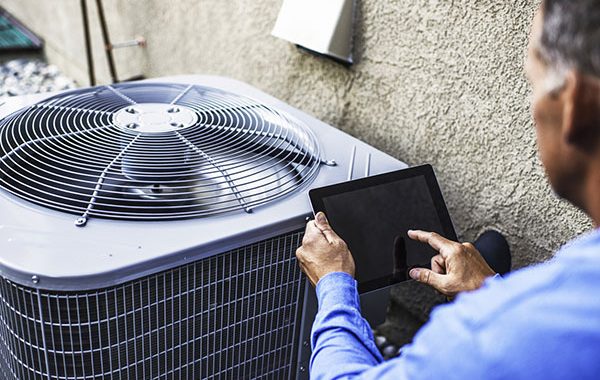Reverse Osmosis Water Purification Systems: Another Look

Reverse osmosis water purifiers found their first customers in the printing sector, which required water with characteristics closer to those of distilled water than those of conventionally filtered water. They marketed it as filtered water once word of the fad spread throughout the company. Reverse osmosis is a technology that has been around for quite some time.
However, reverse osmosis water purification systems have fallen out of favour in recent years. When compared to other purifiers on the market, the system itself is not that spectacular. Reverse osmosis water purification has not been successfully used in homes because of the system’s drawbacks.
Reverse osmosis water purifiers efficiently remove contaminants from the water supply
However, they are ultimately accountable for removing the dissolved minerals from the water. However, they do not filter out the chlorine in the water. A reverse osmosis system is not an efficient water filtration method by itself.
Reverse osmosis water purification systems are inefficient and waste a lot of water in the process
Four gallons of water are wasted for every gallon that is produced, making this method of water conservation ineffective in today’s potentially water-scarce world. Reverse osmosis systems are notorious for their inefficiency and the large amounts of water they waste.
The filtration procedure for the water it is able to filter is slow
It takes about three to four hours for a reverse osmosis water purifier to completely filter one gallon of water. To put it another way, you wouldn’t have enough purified water to last the day. Attempting to use a reverse osmosis system in a home environment that was originally intended for a business will not produce satisfactory results.
Reverse osmosis water purification systems leave many pesticides unremoved because they do not filter out molecules that are lighter than water. How delicious, to learn that pesticides make their way into our bodies via drinking water. A reverse osmosis system designed for industrial use will not have a chlorine filter.
Some people bought it for their homes after hearing it for the first time because the sound was so attractive. Unfortunately, excitement can only get you so far, and once the product disappoints by not operating as it should, all the discussion about how great it is is just that: talk.
Reverse osmosis water purifiers generate water that is about equivalent to what you’d get if you added a lot of pesticides to distilled water. No one would dare put such a poisonous mixture in their lips. So, it’s puzzling why anyone would want to drink water treated with reverse osmosis.
Reverse osmosis water purification systems are only efficient when their filters are regularly changed and cleaned. The filters become ineffective as soon as they become even slightly obstructed. Your high-priced reverse osmosis system will not function properly and will take significantly more time to generate the required amount of filtered water as a result of this. The question is why anyone would want a system so sensitive that it needs constant monitoring.
Overall, the reverse osmosis system’s performance falls short of expectations. The way they are set up makes them a bad investment even if they cost nothing. Water purifiers that use reverse osmosis are expensive, and the fact that they waste water while operating only adds insult to injury.


 How Your HVAC Handles Candle Lovers And Aroma Fans In Seattle
How Your HVAC Handles Candle Lovers And Aroma Fans In Seattle  More buyers exploring different living styles as preferences shift this year
More buyers exploring different living styles as preferences shift this year  Why Buy a Luxury Home with AC and a Garage in Palm Beach?
Why Buy a Luxury Home with AC and a Garage in Palm Beach?  How to Upgrade Your Bathroom with a New Vanity
How to Upgrade Your Bathroom with a New Vanity  ok.com: The Ultimate Hub for Recruitment, Real Estate, Automotive, and Lifestyle Solutions
ok.com: The Ultimate Hub for Recruitment, Real Estate, Automotive, and Lifestyle Solutions  Should First-Time Buyers Consider Homes with Pool in Fuquay-Varina?
Should First-Time Buyers Consider Homes with Pool in Fuquay-Varina?  Auckland’s Top Hardwood Floor Sanding & Varnishing Experts
Auckland’s Top Hardwood Floor Sanding & Varnishing Experts